Ramen is a cheap and easy meal to make, but it can get boring after eating it a million times. As a lover of ramen, I've come up with ways to spruce it up over the years so that it's not the same, boring thing every time. Here are a few different ways I like to enjoy my ramen.
1. Poach an egg in it.
1. Poach an egg in it.
Just crack an egg into the pot during the last 1-2 minutes of cooking time. Once you serve the ramen, you can pop the yolk, which will make the broth much richer.
2. Add a slice of cheese to spicy ramen
This will give the broth a creamy look and flavor. It will also make the broth seem a little less spicy.
3. Add hot pepper sauce
Try different hot sauces to see what you like. This one is my favorite. It will make your ramen spicy and flavorful.
4. Garnish with meat and vegetables
Throw whatever extra vegetables or meat into your bowl. I usually like to put bok choy and sliced chicken breast or sliced Chinese sausage.
What's your favorite way to enjoy your ramen? Let me know in the comments below! I always like to try new things!
What's your favorite way to enjoy your ramen? Let me know in the comments below! I always like to try new things!
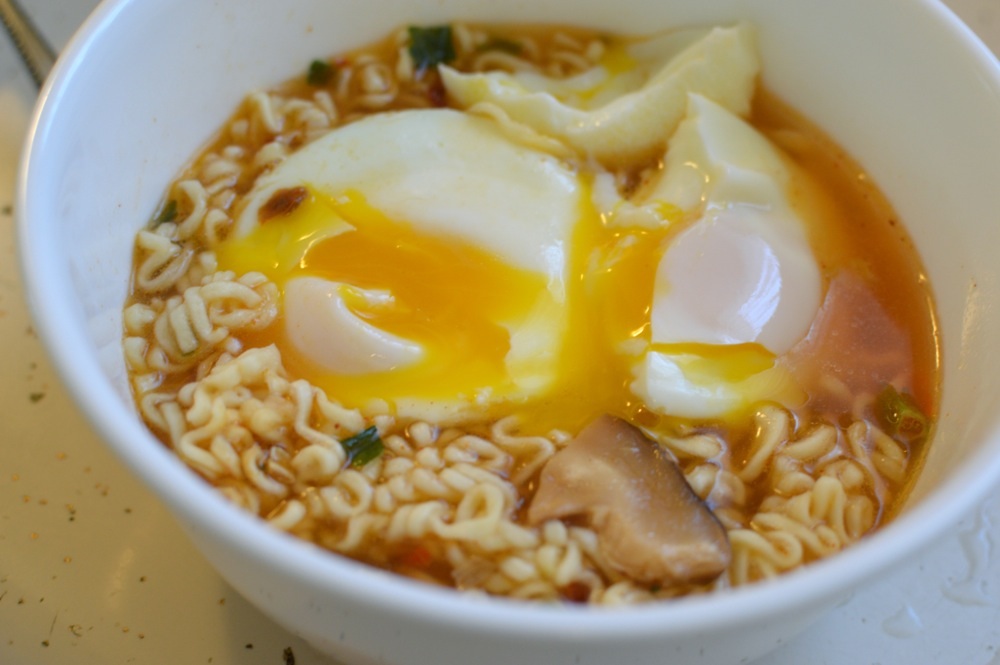
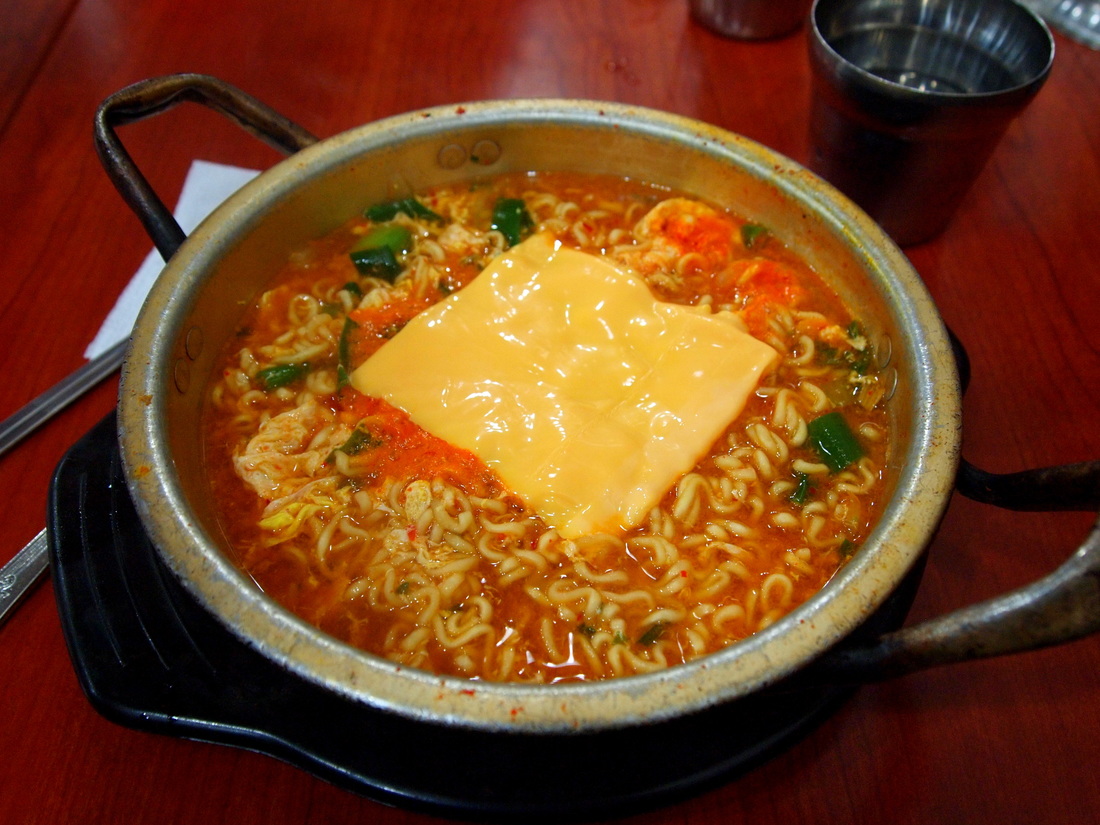
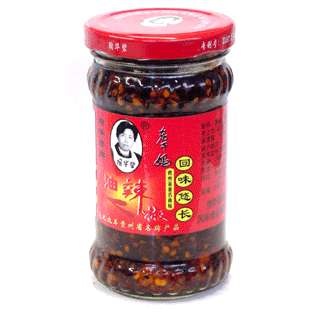
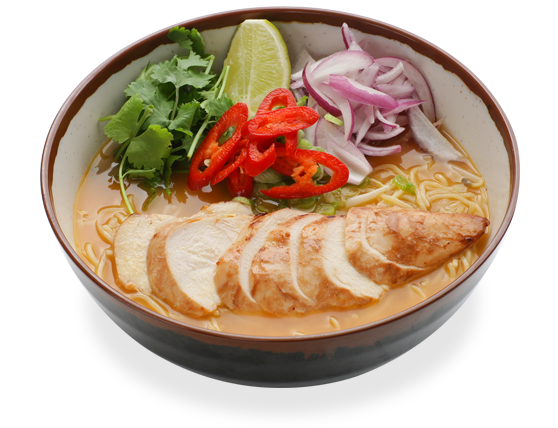
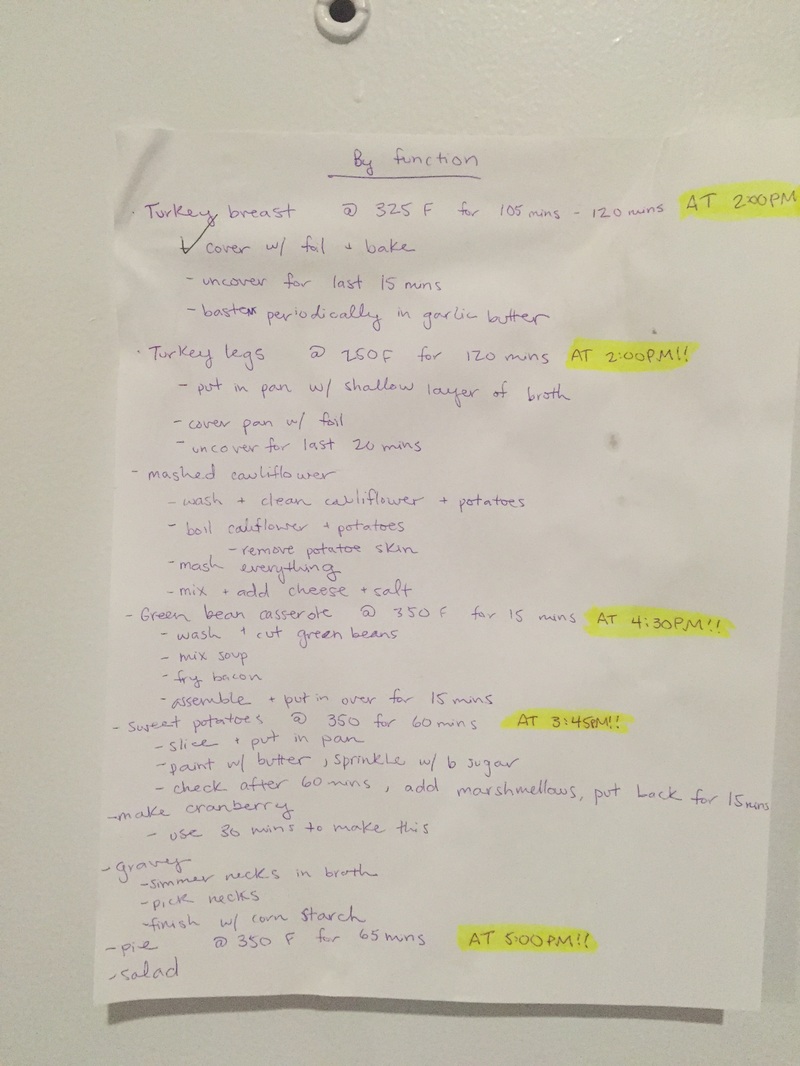
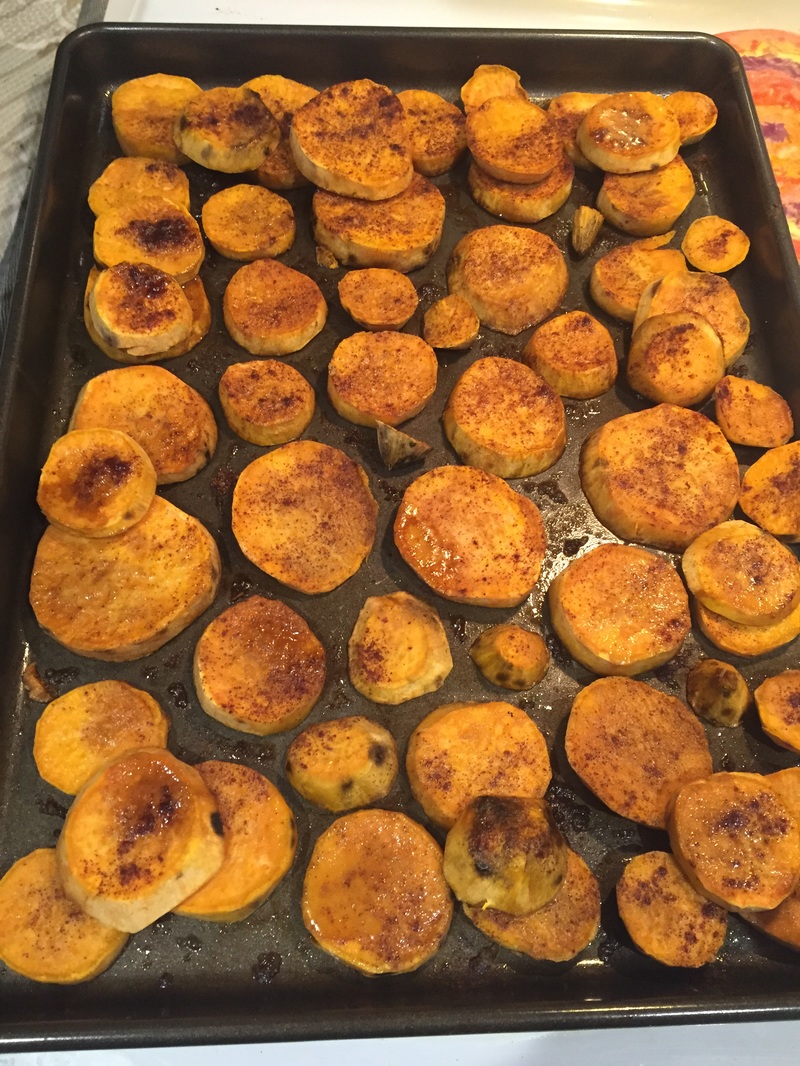
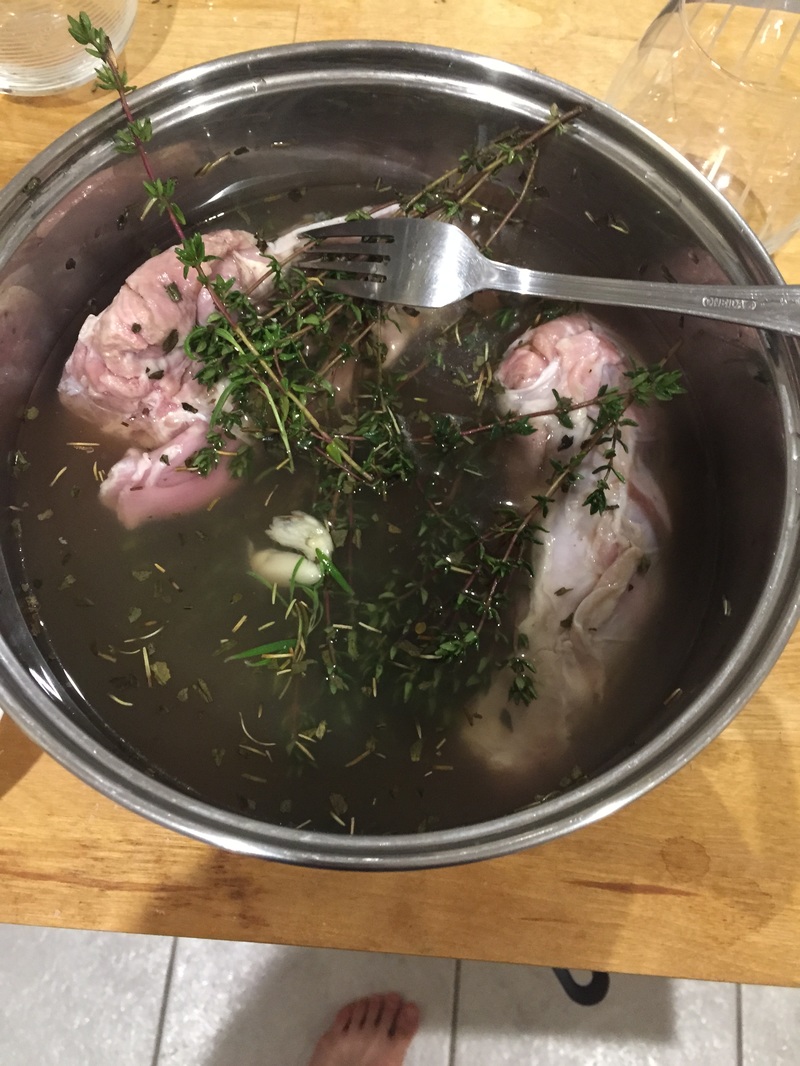

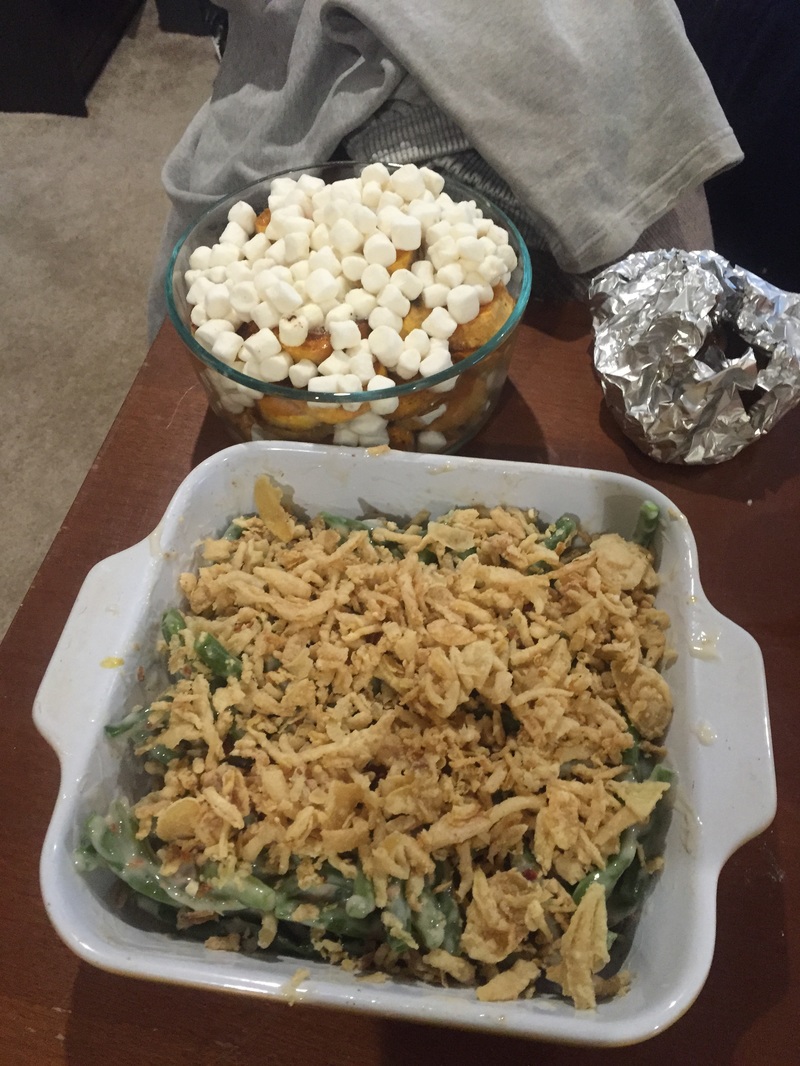
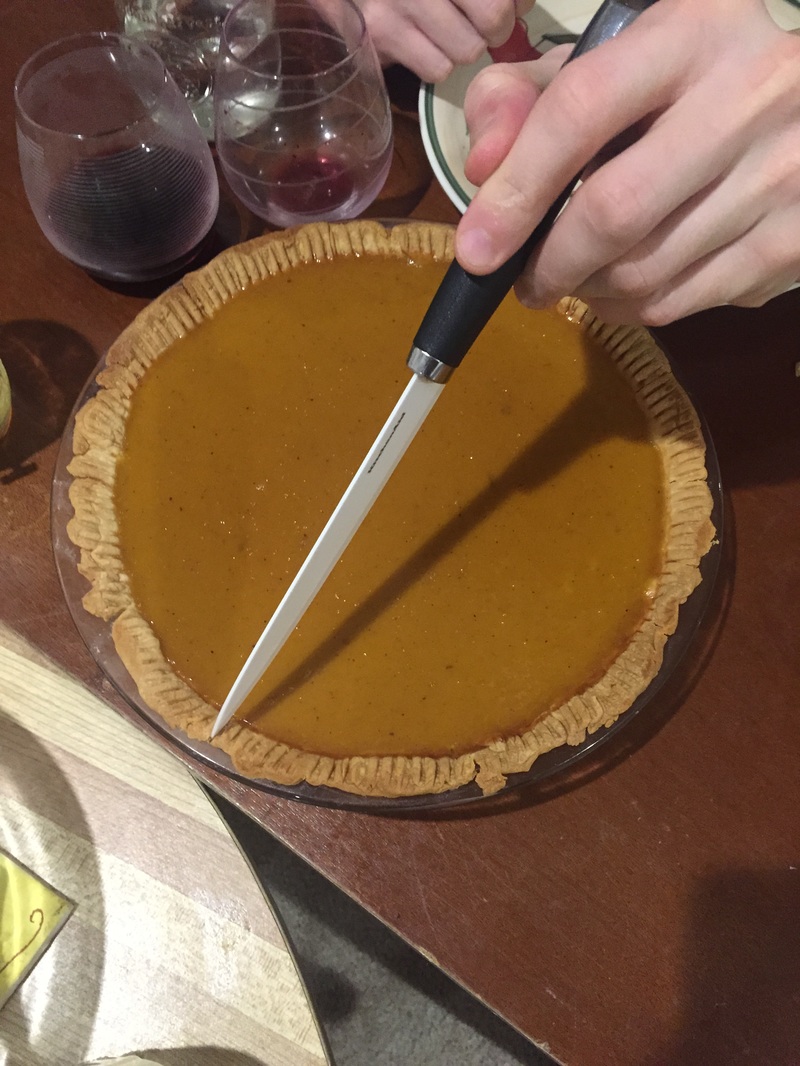
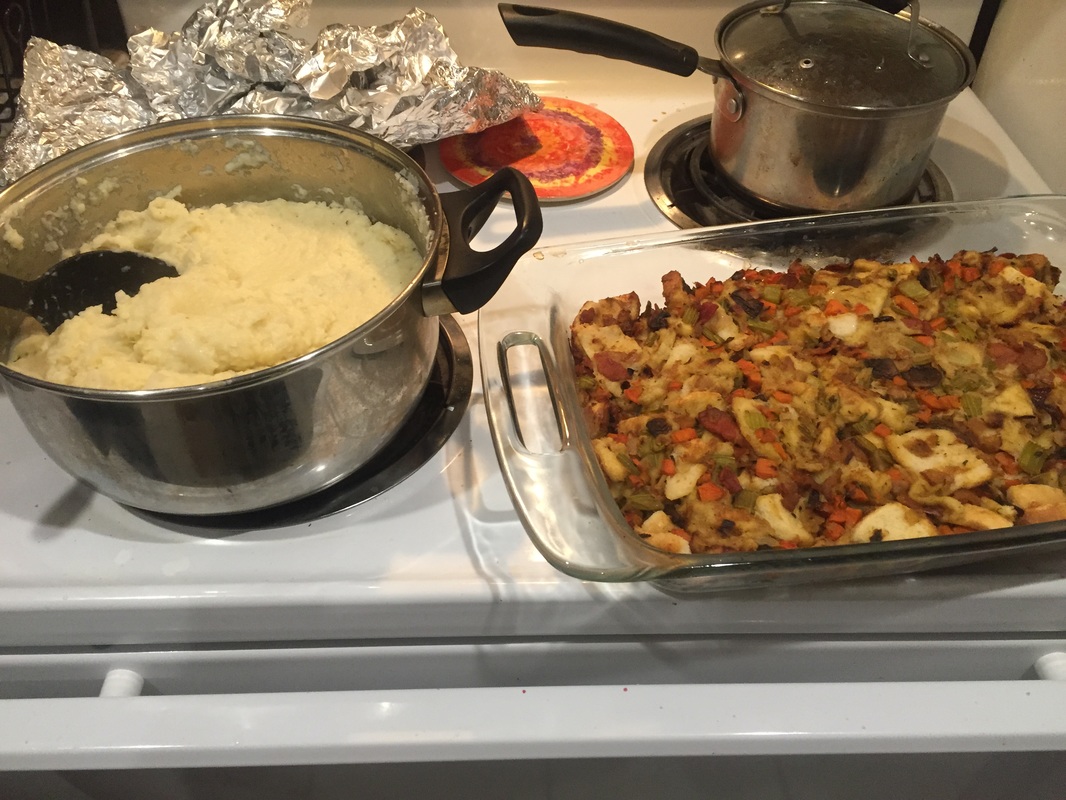


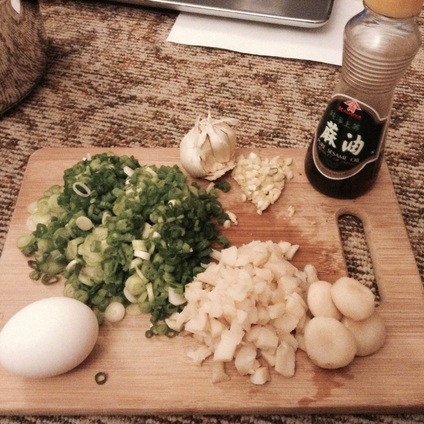
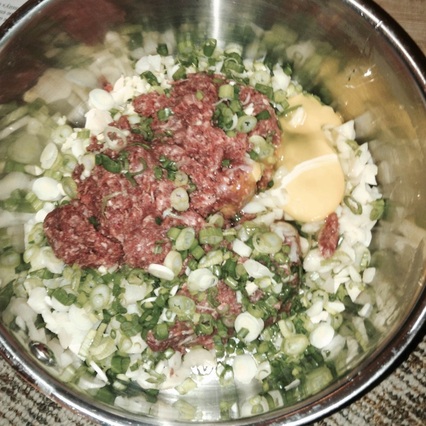






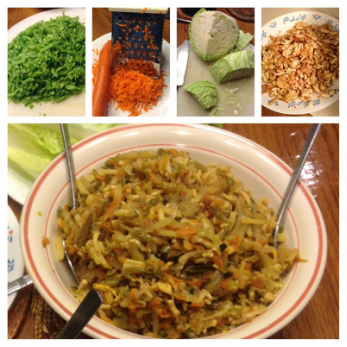

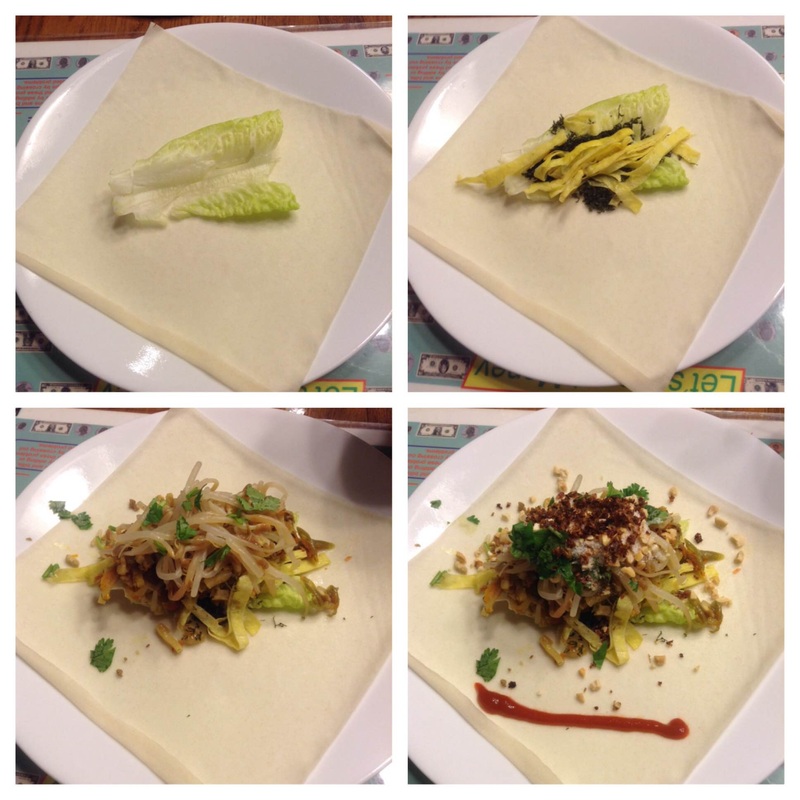
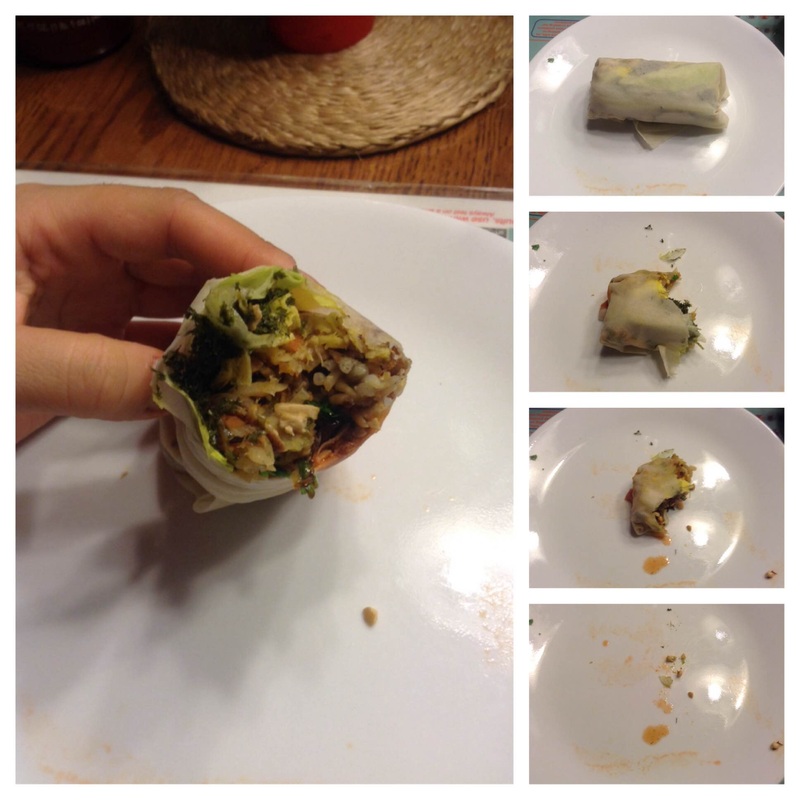
 RSS Feed
RSS Feed
